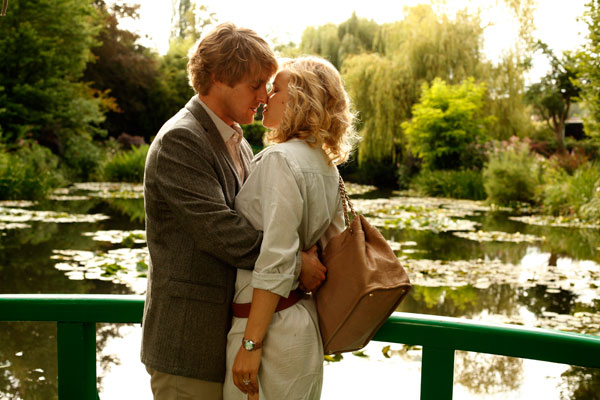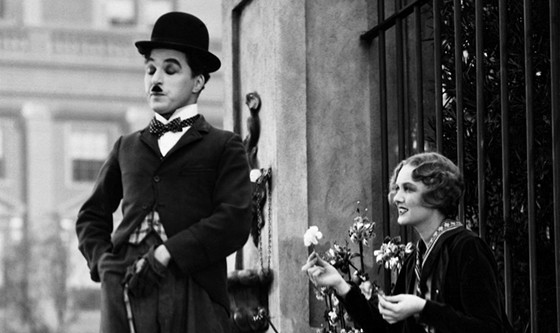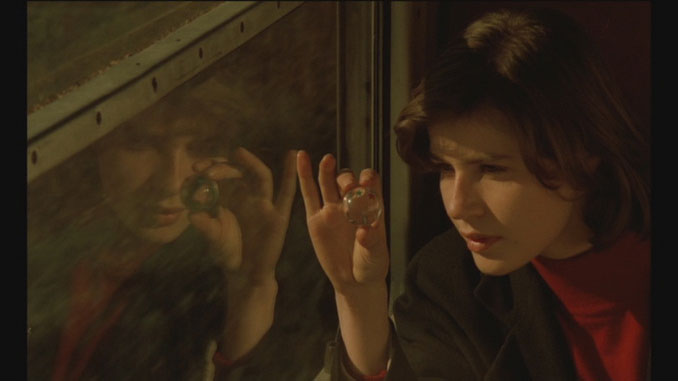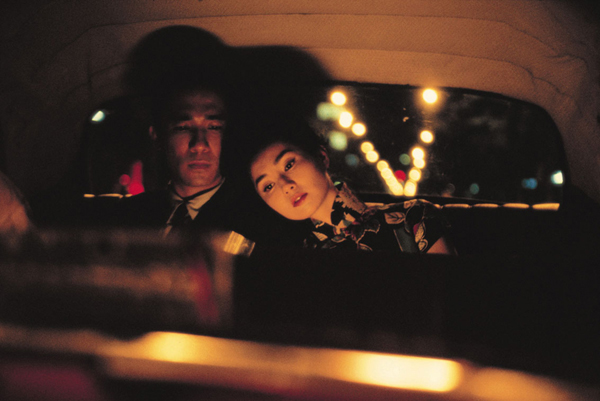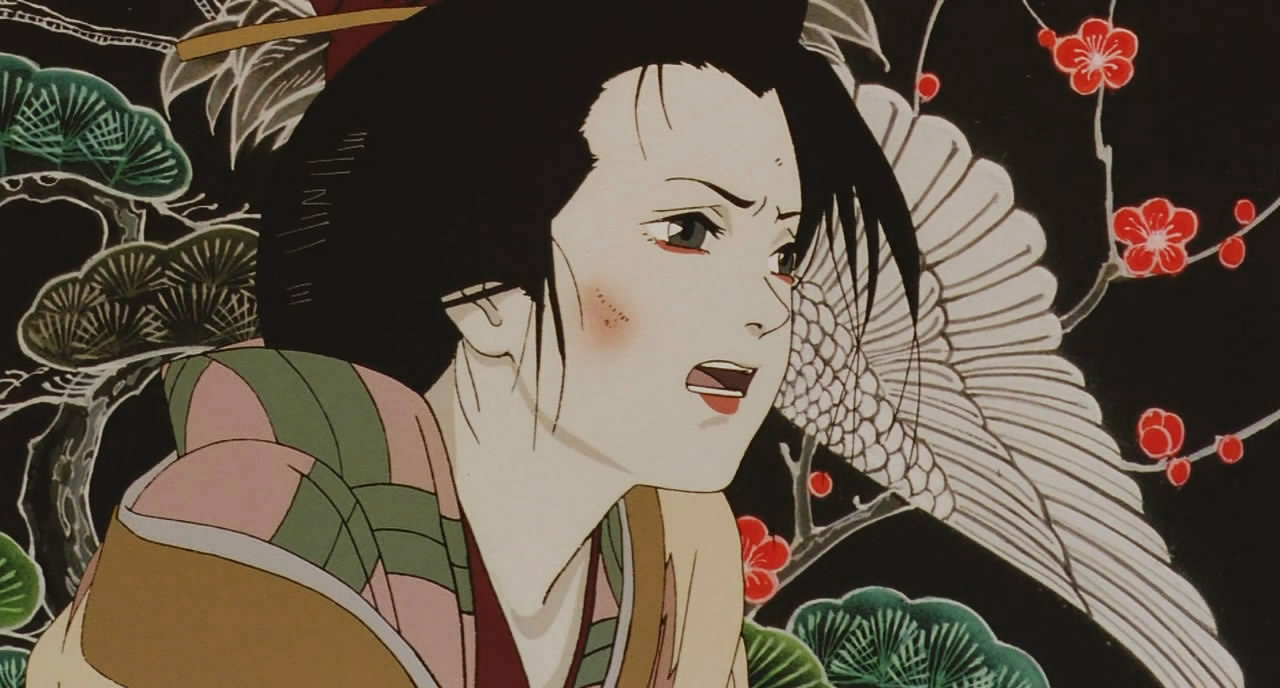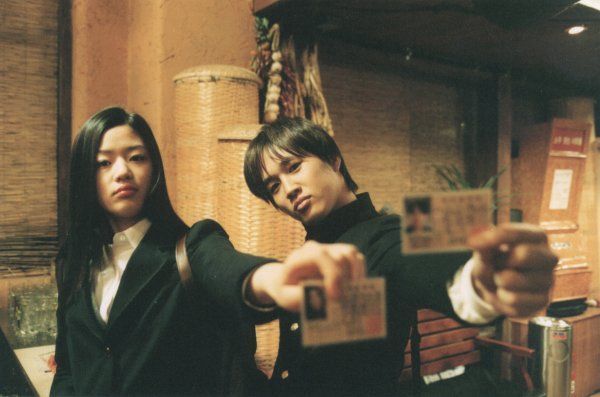Rarely is a film as life-affirming and singular as Jean-Pierre Jeunet’s La fabuleux destin d’Amélie Poulain (or as it is known in the English speaking world: Amélie).
The simple yet engrossing tale of a naïve French girl who acts as the personification of karma and deals out justified retribution to the evil and childhood memories to the good. She gains a certain enjoyment from cracking the top of a brûlée with a spoon, skimming stones, and giving inanimate objects holidays; the actress that brings this iconic creation to life is the lovely Audrey Tautou.
The problem with Amélie’s unique-ness is that there are no films that are truly comparable – Jeunet’s preceding films (Delicatessen, The City of Lost Children and Alien: Resurrection) toy with darker themes and, though masterpieces in their own right (apart from Alien: Resurrection, which is just really bad), are not as accessible or light-hearted as Amélie.
Jeunet’s work post-2001 cannot help but pale in comparison to his fizzy, life-affirming magnum opus. Tautou, not wanting to be typecast her entire career, quickly sort not to replicate herself seeking roles as schemers (Priceless), plucky immigrants (Dirty Pretty Things) and a Sexy Lamp for Tom Hanks to talk to in mindless Hollywood fare (The Da Vinci Code).
There are certain things that make Amélie the unique vision that is: its stylish, candy-coloured palette, Tautou’s child-like wonder and her intangible likeability as an actress, its twee quests and mysteries, scatterings of magic realism and post-modernism, as well as Yann Tiersen’s swooning soundtrack. More than anything though its quirks are grounded by an over-arcing theme of wanting to love and be loved, which in turn creates a warm feeling like no other.
Amélie is a comfort blanket for when the world is not quite okay, where the greatest antagonist is a beastly greengrocer. This list of films has been compiled in a vein attempt to recommend those that share some of these aspects, but as we all know – there is no one quite like Amélie.
1. City Lights (1931)
It was once said of Jim Carrey: “He can make you laugh with no more than the frantic flailing of his limbs”, and although his prowess as a physical comedian is impressive, it is nothing compared to the master, Charlie Chaplin.
His energetic slapstick performances are nothing like the comedies of today – it is often criticized that classic Hollywood cinema is slow, which is not the case with Chaplin, able to fit jokes in at a lightning stacked pace, a mere exaggerated reaction take enough to illicit tears of laughter. One would say that his style is cartoonish, but it must be noted that some of the best of Chaplin’s work was created before the first cartoons – cartoons are Chaplin-esque.
City Lights is arguably Chaplin’s greatest achievement as actor and director. The heart-warming tale of Chaplin’s Little Tramp after having fallen in love with a blind flower girl, pretends to be affluent and sets out to earn the money for her rent and possible sight-saving eye surgery.
This fairly threadbare plot is just framework for a collection of short comic sketches featuring a suicidal millionaire, whistling hiccups and a drunken night on the town. The choreography in the film’s most celebrated boxing match sequence is hypnotically hysterical, an almost-dance of stumbling, fooling, tripping, punching and deception.
The sames of City Lights and Amélie are fairly strong – both feature a supremely naïve and idealistic hero, with secondary personality traits of being shy, fearless and almost mute, it would be no surprise if some of Amélie’s quirk was filtered through the silent pantomime of Chaplin’s Little Tramp.
His love-inspired quest and the great lengths he goes to achieve his goal is definitely in the same interests as Jeunet’s heroine, though its monochrome appearance is opposite to Amélie’s the intense hues. Plus the film’s title is a reference to where it was originally going to be set, the City of Light, Paris.
2. La double vie de Veronique (1991)
Released between the highly admired Dekalog and Three Colours Trilogy, Krzysztof Kieślowski’s La Double vie de Véronique is a different experience to his other work, preferring a more tender, almost positive mode. Perhaps the fall of the Iron Curtain had momentarily lifted the Polish director’s spirits.
A fantastical drama in which two identical dreamlike young women are living parallel interlinked existences in two different countries – Weronika in Poland and Veronique in France. Both are played by the heart-stoppingly lovely Irène Jacob, later nominated Best Actress at Cannes for her performance.
The film itself is achingly beautiful, only in part due to the presence of Jacob, shot in a gauzy classic celluloid style with frames tinted with an emerald-glow, with piercing crimsons punching through periodically. Compared to Dekalog (The Ten Commandments) and Three Colours (The French Tricolor),
Veronique does not have an instant political or philosophical overtone. Weronika/Véronique’s dual nationality might be correlated to Kieślowski’s career transition from Poland to France, Weronika’s sudden death convincing himself that the shift was the correct decision. A film to warm one’s heart, and get encased in its introspective allure.
Of all the films on this list La Double vie de Véronique is the one that cannot be argued against for having similarities with Amélie because it is Jeunet’s main inspiration, in character, tone and blue-less colour-palette. While the Jacob’s carefree, life-loving Weronika is an virtually lawsuit-worthy proto-Amélie, the parallels do not stop there.
The treasure hunt featuring the clues of an empty cigar box, shoe-string and audio-locational cassette tape leading to a train station coffee shop and mysterious puppeteer no doubt inspired Amélie’s curiosity. …Véronique continues the evolutionary line of compelling iconic female title characters in colour-conscious French films, following on from the delightful, if admittedly sexist, Betty Blue.
3. In The Mood For Love (2000)
Mr. Chow (Tony Leung Chiu Wai) and Mrs. Chan (Maggie Cheung) become neighbours by location and, after assorted inter-neighbour borrowing and the coincidence of frequenting the same noodle stand, they become friends. Soon it becomes obvious that their respective spouses are conducting an affair with each other.
The central couple, such is their curiosity, attempt to simulate their spouses’ initial seduction playing each others’ paramours to try and understand the motivations behind such an act. With this a plot it could easily devolve into saccharine melodramatic fluff, but directed by Wong Kai-War (Fallen Angels, Chungking Express) In The Mood For Love is a film of quiet, repressed beauty.
The spouses are rarely on screen, or presented as faceless shadows – the focus is that of the central twosome. Repeated locations breeds familiarity, while each frame of film is cluttered with door frames and reflected surfaces to imply that, though the couple’s actions are not disreputable, they are still being watched by the community.
In The Mood For Love is a film where nothing is spelt out and little details of a scene mean a lot – conversations about ties, bags and clothes amount to more than is lead on. Most of the emotional narrative of the film is unspoken as the actors signal the majority of their arcs with body language and implication, until the finale rain shower declaration.
Protagonist Mrs. Chow, aside from being female, exhibits similar personality traits to Amélie, being coy, longing for a life that eludes her and more than willing to show her childish side with her interest in martial art serials and play-acting.
While the overall mood of In The Mood… is bluer than Amélie both share a preoccupation with colour-coded production design; Mrs. Chow’s exquisite dresses especially acts as a motif tied to her scene-specific emotions while the vibrant reds of Apartment 2046 elude to the passion brewing just below the buttoned-down surface.
4. Millennium Actress (2001)
Focusing on a female protagonist is something that Hollywood currently has trouble buying into, the statistics for women-fronted high grossing films is pitiful but is mostly due to the complete lack of them being produced. Would The Matrix, Avatar or Inception have been less successful with a female lead? Highly doubtful, a culture-provoking original idea will succeed no matter what the gender of the main character.
World cinema has a better time portraying women and, though Japanese Anime can be as misogynistic as Hollywood, Satoshi Kon managed to create a quartet of stunningly inventive and original films with flawed, human female protagonists previous to his death in 2010.
Though all of his work is incredible in its own distinct way, Millennium Actress stands slightly higher, being less cynical than Perfect Blue and more grounded in reality than Paprika. A time-tripping fantasy tale following a documentary crew who interview a reclusive actress about her career.
As she tells her tale, the lines between past and present, fiction and reality, start to blur. Her acting career moves through many genres, period dramas, sci-fi, samurai films, while scenes, motifs and characters reoccur throughout, the linchpin is her quest to return a key to her almost forgotten beloved. As a symbol the key is similar to that of Rosebud in Citizen Kane – a means to show what is truly important in one’s life.
Another 2001-released anime would probably have been more fitting as it is also a female-fronted magical vibrantly coloured fantasy, that film is Spirited Away, one of everyone’s first steps into world cinema (with Amélie and Pan’s Labyrinth) and therefore no one needs to be informed of its quintessence.
Spirited Away’s central love is of a family and friendship flavour (“Storge” in Greek Love Theory), whereas Millennium Actress focuses on an unconditional love (“Agape”). Despite that more fitting contender, …Actress holds its own in quirky post-modernisms, fantastical storytelling and is suitably lovely to be compared to Amélie.
5. My Sassy Girl (2001)
Previous to 2001 Western audiences were unaware of the delights of South Korean cinema; the seismic groundbreaking works of Old Boy and Memories of Murder would follow a couple of years later, but the country’s breakout film was the adorably weird romantic comedy My Sassy Girl.
Originally based on a blog, the film follows the romantic misadventures of Kyun-woo (Tae-hyun Cha), who after a misunderstanding, becomes the boyfriend of an anonymous young lady (Ji-hyun Jun). Though this girl brings much stress into his life, she also brings an escape from his boring existence.
Starting with a drunken vomiting cute-meet on the subway, the film endeavours to dismantle every Hollywood rom-com convention it can find. The gender-roles are switched as Kyun-woo is portrayed as passive and meek while The Girl takes on the more stereotypical dominant masculine role by being the pursuer. Her preferred threat “Wanna die?” has echoes of The Princess Bride’s “As you wish”, her violent question secretly has more tender-hearted connotations.
My Sassy Girl, though being hysterically funny and delightfully odd, never loses sight of its main characteristic – that of a romance, and so every laugh is backed up by the warmth of its beating-heart. Avoid the pointless 2008 American remake at all costs.
Though not the protagonist, The Girl is a strong female character to be admired, not happy to be solely the source of someone else’s happiness, she has her own goals (to a be a screenwriter) and, like Amélie, imagines at a certain point her own funeral.
Her fantasy screenplays and the softcore sci-fi elements of My Sassy Girl give the film a slight air of magic realism, while the use of Pachelbel’s Canon in D as the love theme creates the same kind of warm feeling in its finale that pervades oneself throughout a viewing of Amélie.
